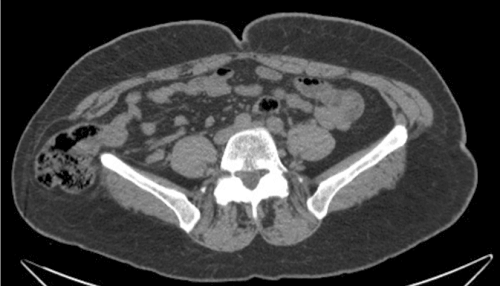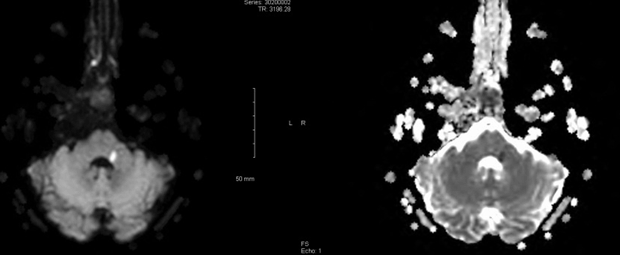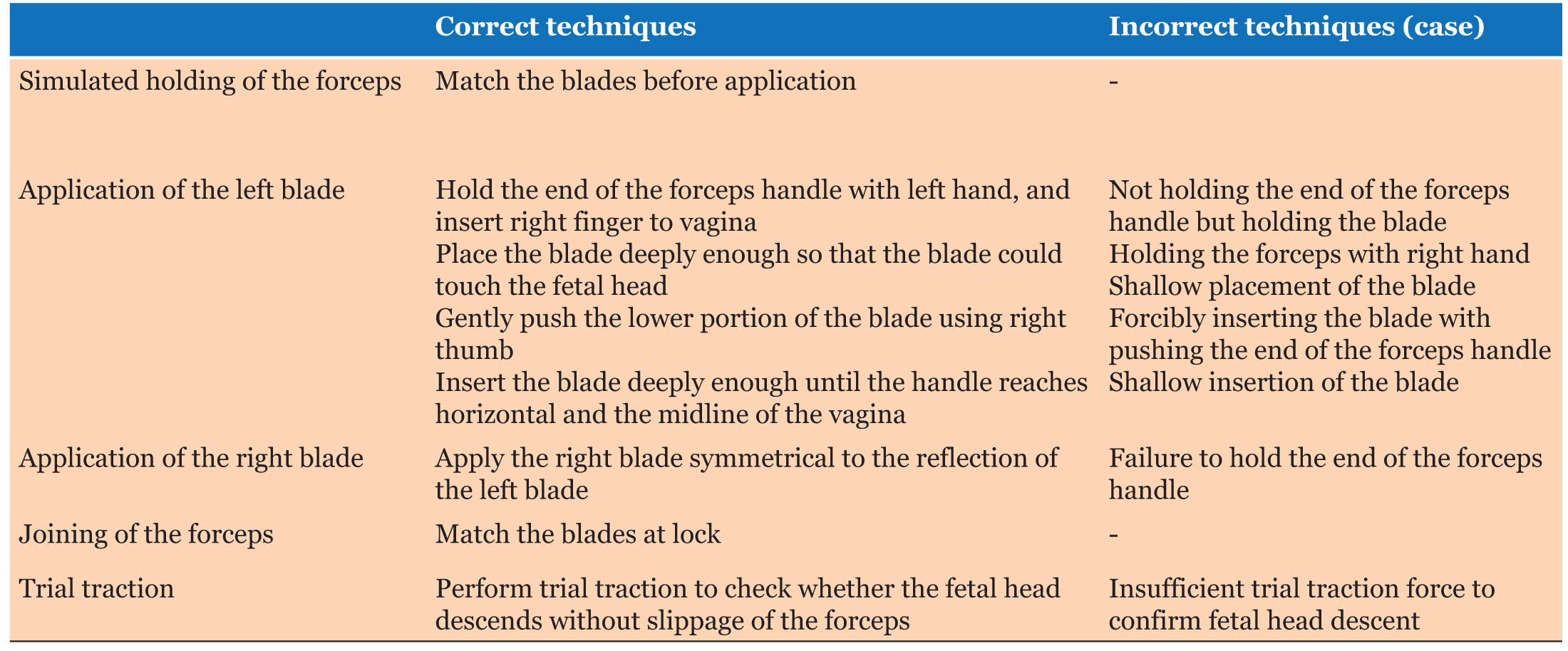Original Article
Nerve root sparing in posterior approach corpectomy and thoracolumbar spine reconstruction using an expandable cage: A novel technique
1 Department of Orthopedic Surgery, Soroka University Medical Centre and Faculty of Health Sciences, Ben Gurion University of the Negev, Beer-Sheva, Israel
2 Independent Physician, Institute of Pathology, Soroka University Medical Centre and Faculty of Health Sciences, Ben Gurion University of the Negev, Beer-Sheva, Israel
Address correspondence to:
Nissim Ohana
Institute of Pathology, Soroka University Medical Centre 1, Rager Boulevard, P.O. Box 151 ,
Pin- 84101, Israel
Message to Corresponding Author
Article ID: 100002VNP05NO2017
doi: 10.5348/VNP05-2017-2-OA-1
Access full text article on other devices

Access PDF of article on other devices

How to cite this article
Ohana N, Benharroch D, Sheinis D. Nerve root sparing in posterior approach corpectomy and thoracolumbar spine reconstruction using an expandable cage: A novel technique. Video J Orthop Surg 2017;2:1–5.Abstract
Aims: Thoracolumbar fractures, especially when disintegration of the bony fragments occur, require surgery. However, no specific operative approach has so far been given precedence. We herewith propose a variant surgical procedure which may be indicated for the above purpose.
Methods: The suggested technique should be carried out in a single stage, by posterior approach only. Following the generation of an appropriate access and evacuation of the bone debris, a titanium mesh cage should be inserted, using an original manipulation, shown in the enclosed video and which will cause minimal or no damage to the neural elements.
Results: Fourteen patients were submitted to our variant operation, seven with Type A (according to the Aospine classification) fracture (three with two simultaneous fractures). Three suffered from C type fractures; Most patients presented with a preserved neurological status; Three were paraplegic on admission (Frankel grade A). The most marking benefits of this technique included optimal height restoration, immediate stability, and direct canal decompression. All patients except one improved in the postoperative period, by at least one grade on Frankel scale.
Conclusion: The proposed procedure variant fulfilled most of our expectations, to the benefit of the patients. In addition, the duration of the surgery was shorter than that of the A-P procedure. Our technique could be further extended to fractures above and below the T11-L2 segment, and also include patients with Frankel grade A lesions.
Keywords: Burst fracture, Mesh cage insertion, Nerve roots, Surgery, Thoracolumbar spine
Supporting Information
Author Contributions:
Nissim Ohana - Substantial contributions to conception and design, Acquisition of data, Analysis of data, Interpretation of data, Drafting the article, Revising it critically for important intellectual content, Final approval of the version to be published
Daniel Benharroch - Substantial contributions to conception and design, Acquisition of data, Analysis of data, Interpretation of data, Drafting the article, Revising it critically for important intellectual content, Final approval of the version to be published
Dimitri Sheinis - Substantial contributions to conception and design, Acquisition of data, Analysis of data, Interpretation of data, Drafting the article, Revising it critically for important intellectual content, Final approval of the version to be published
Competing Interests:Authors declare no conflict of interest.





